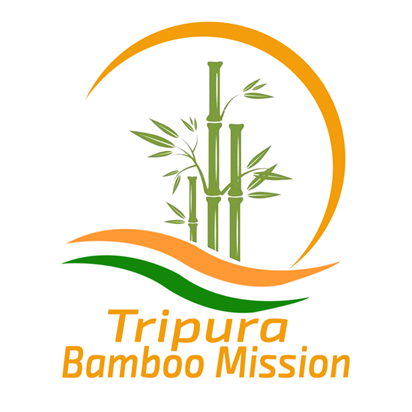Incense sector occupies a very important role in the development of bamboo sector in the state. It is estimated that this sector alone employs over 2 Lakhs rural artisans and generates revenue over 88 crores (as per 2013-14) estimate. Tripura Bamboo Mission has been working in various clusters across the state to bring a paradigm change in the Agarbatti Stick sector by encouraging artisans to produce higher value fibreless polished stick from non-polished fibrous stick through mobilization of artisans, forming artisans owned enterprises, providing required training, infrastructure support and market linkages etc. The higher levels value additions in incense sector such as Raw Agarbatti production and Perfuming & Packaging are also the integral part of TBM strategy. Appropriate rural technology has also been introduced in the clusters to improve the productivity of the poor engaged in the sector and improve their earning opportunities. New local producer groups and enterprises have been promoted in raw Agarbatti production which generates livelihood support to large number of rural poor communities especially the women and minorities. Marketing tie-ups with Agarbatti major like ITC and CYCLE have been forged to ensure buy-back of the production


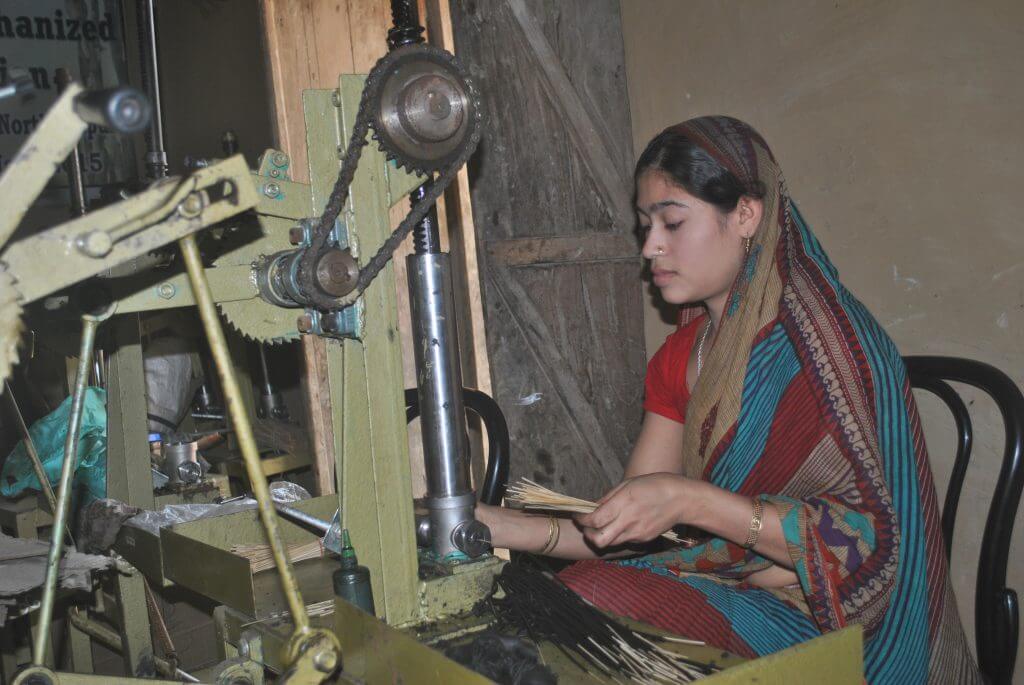
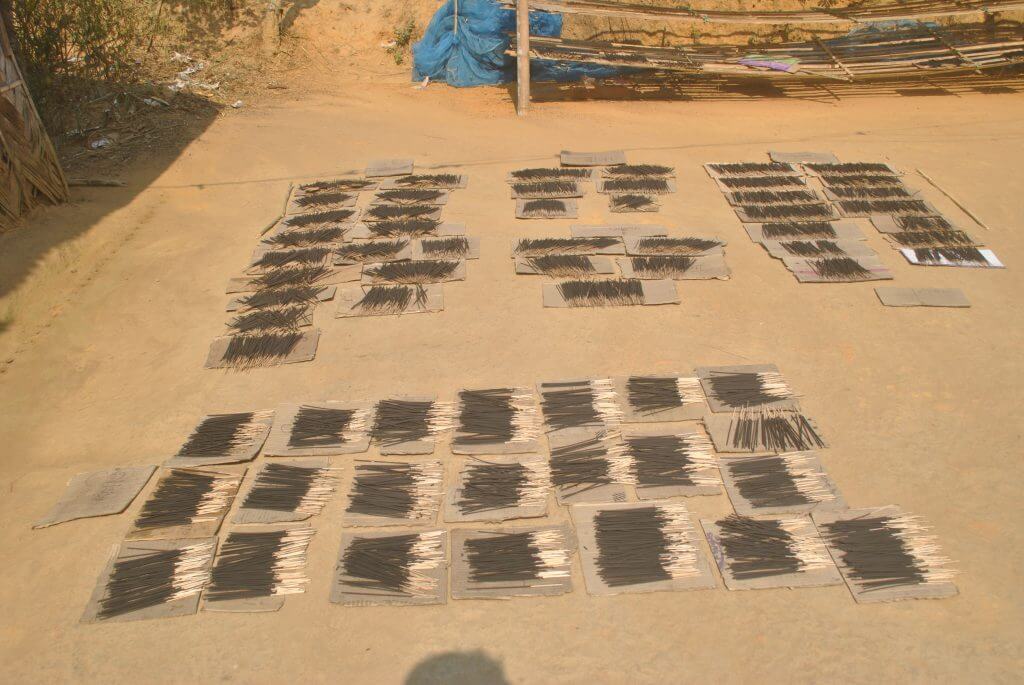
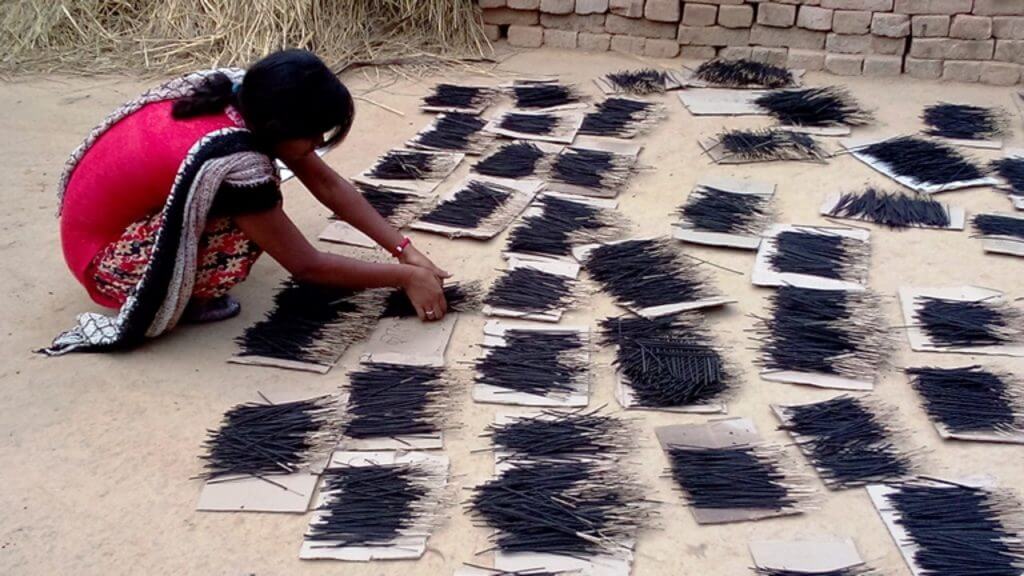
SPECIFICATION OF INCENSE PRODUCED IN TRIPURA
| PARTICULARS | COUNT/KG | DESCRIPTION |
|---|---|---|
| SM- Hand Polished (8") | 4000 to 4200 |
|
| SM- Hand Polished (9"+) | 2800 to 3200 |
|
| Hand Rolled Agarbatti (8"+) | 1600 – 1800 |
|
| Hand Rolled Agarbatti (9"+) | 900 – 1100 |
|
| Machine Rolled Extruded Agarbatti (8"+) | 1150+ |
|
| Machine Rolled Extruded Agarbatti (9"+) | 1050+ |
|
The bamboo handicrafts of Tripura are well known all over the country for the high skill and dexterity levels of the artisans. It is estimated that the bamboo handicrafts sector alone employs nearly 20,000 people in the state. It is well known that handicraft and artisan skills are significant rural livelihood providers in Tripura and are ranked as the one of the largest rural income provider after agriculture. The sector is important also from the point of view of low capital investment, high ratio of value addition and a high livelihoods multiplier especially for Tribal women, and weaker sections of the society.
Bamboo handicrafts form a sizable part of the rural economy in the state. Tripura Bamboo Mission has been working towards development of this sector in a very organized manner. Handicrafts sector in Tripura has been sub divided into subsectors as bamboo furniture, bamboo basketry, loom mat based products, turning & coiling products, decorative and furnishing etc. The key focus of TBM has been to generate sustainable livelihoods for bamboo handicraft artisans by enabling them to build their own institutions and production centres and by building their capacities and skill levels. The bamboo handicrafts and furniture sector has faced stiff competition from bamboo products from Thailand, China and other South East Asian countries. The TBM has concentrated in addressing the quality and design problems and promoted the production of higher value added products. A sustained handholding over a 5 – 7 year period will be required to ensure the long-term viability of the sector.
.


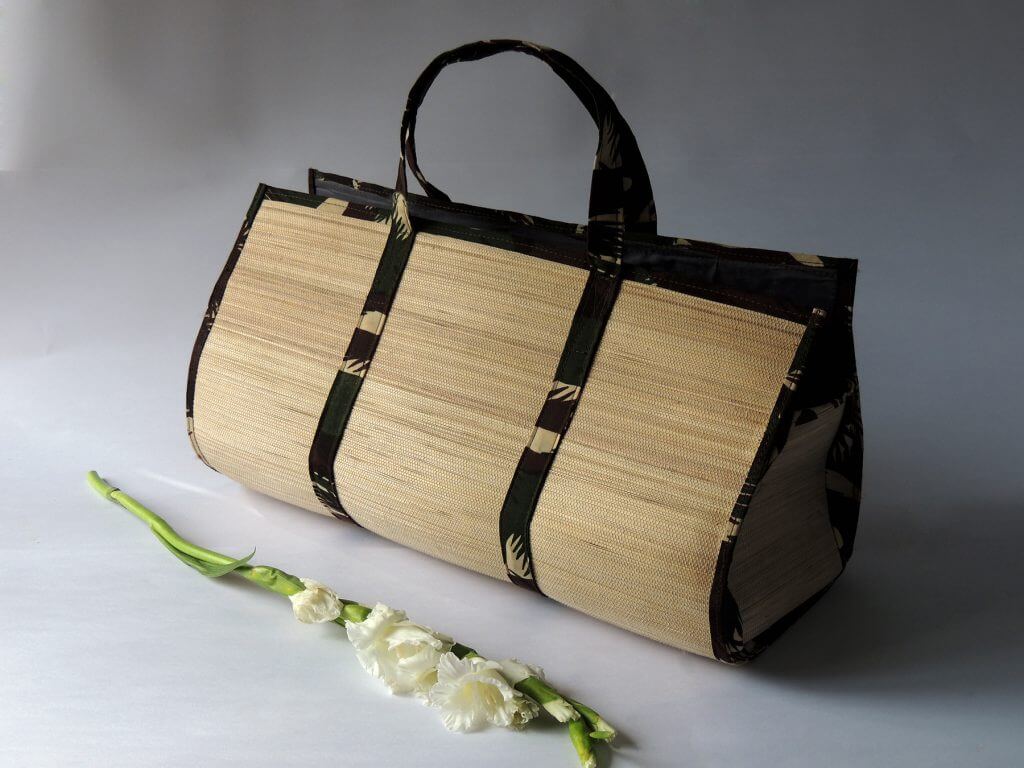
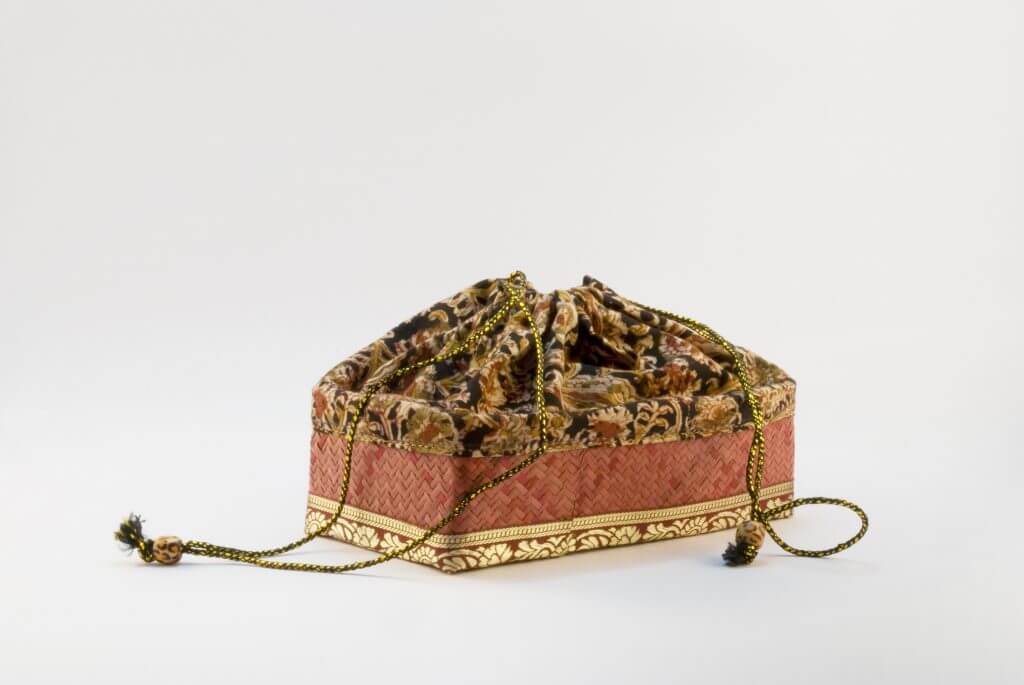


Resource is the backbone of the bamboo based activities of the state. Under the TBM resource generation program, the focus has been to address the resource requirement of the various bamboo value additions in the clusters. It is evident that the present approach of resource generation will not help in meeting future requirement of bamboo. There is a need for focused approach to promote bamboo as a commercial crop in the state. The scope of bamboo plantation has to go beyond forest jurisdiction to non-forest areas and be practiced in private lands as a viable business operation. Furthermore there is a need of captive plantation in a sustainable manner, which will not only yield higher bamboo per ha compared to existing plantations and also to realize the need for species diversification.
Of late, the state government has taken the issue of bamboo depletion more seriously and has taken decision to propagate bamboo plantation in large scale. The issue of shortage of bamboo was widely accepted by the Government and it was decided to adopt a project approach in development and creation of bamboo plantation in the state both in the government lands and also include individuals with small holdings. The preliminary assessment based on demand & supply gap for bamboo in the state indicated that 56,000 Ha will have to be brought under commercial and scientific plantation to bridge the deficit. As scientific plantation is new in the state, it was decided that, a pilot project to be launched by TBM in 5,000 Ha for a period of 5 years. While forest department will continue its activity, the target for TBM will be achieved largely through RoFR land, small holdings and also in Govt. /Forest land.
